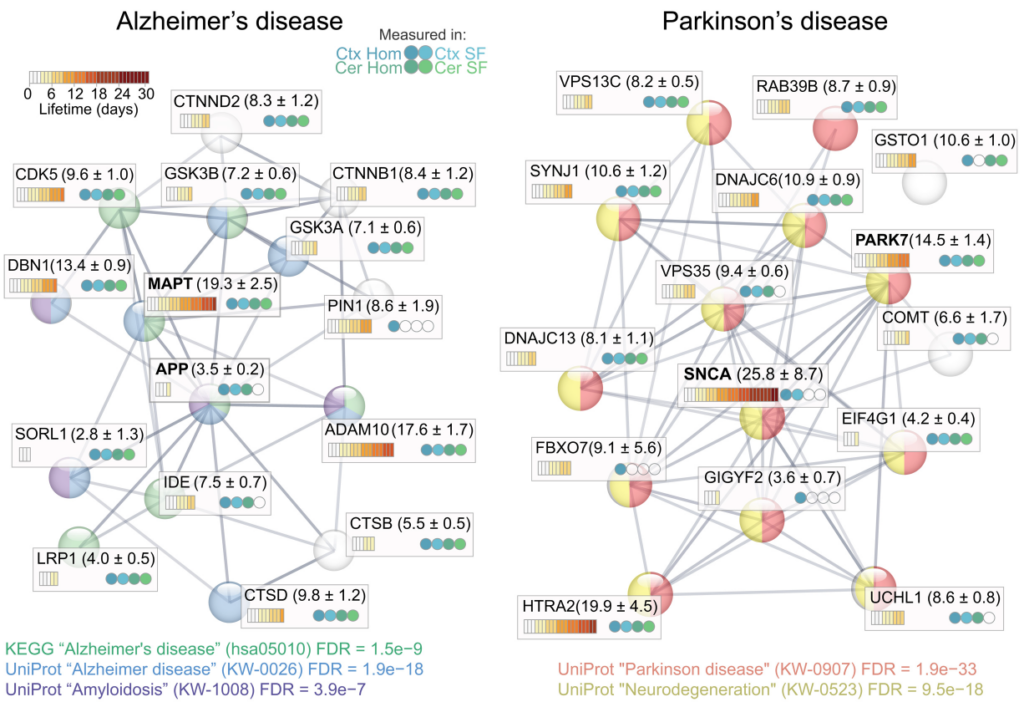Multiomics analysis of the aging mouse brain
We are looking for a Master student (m/f/d) to pursue a thesis research project of ideally six months. The student will learn the basics of proteogenomic data analysis and integration. The work will be aimed at studying mouse brain aging and will define the proteogenomic changes occurring at a global level during brain aging. All experimental data have been collected and the student will have the chance to contribute to the preparation of the final publication. As such, we foresee that the student will obtain an authorship from the thesis work.
The successful candidate will focus on integrating mRNA measures and protein level changes from several mouse models of physiological and accelerated aging. The candidate should have basic knowledge of programming/scripting languages (e.g., Perl, Python or Bash) and statistical data analysis environment (R and/or Matlab). A candidate familiar with Linux/Unix environment and basic understanding of next generation sequencing methods would be preferred.
If interested, please contact directly Dr. Fornasiero by email: efornas[at]gwdg.de
